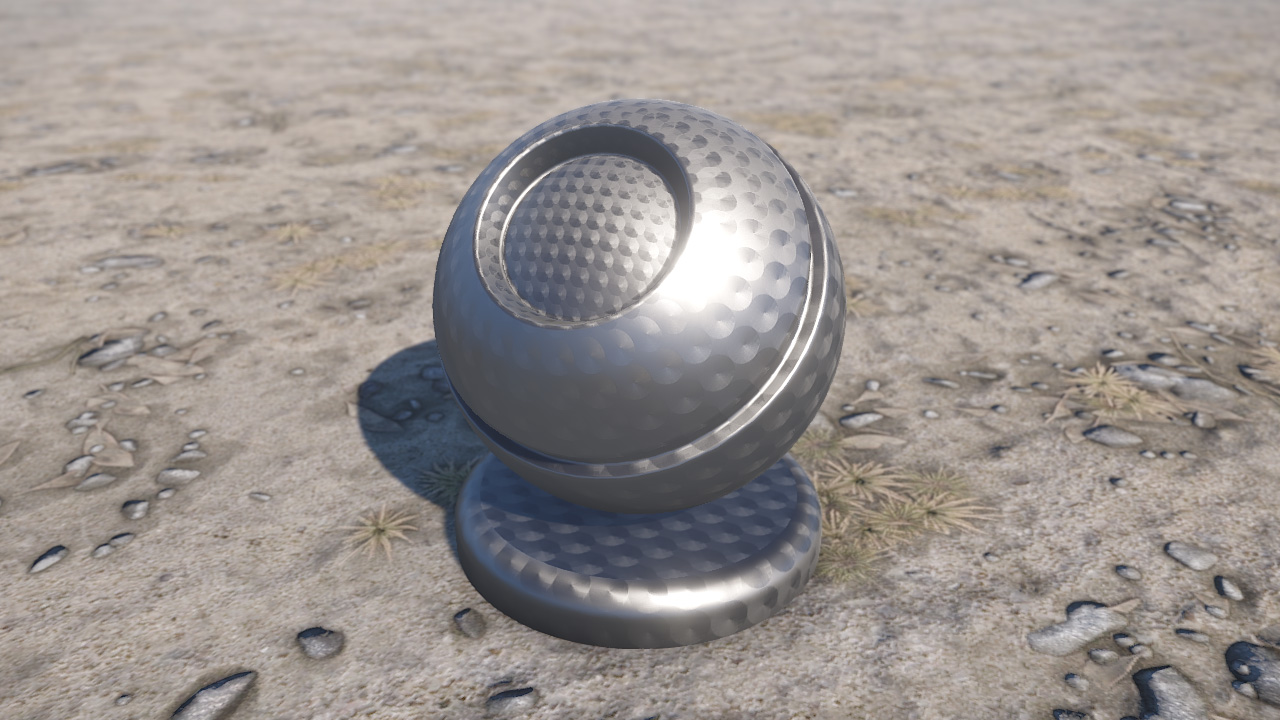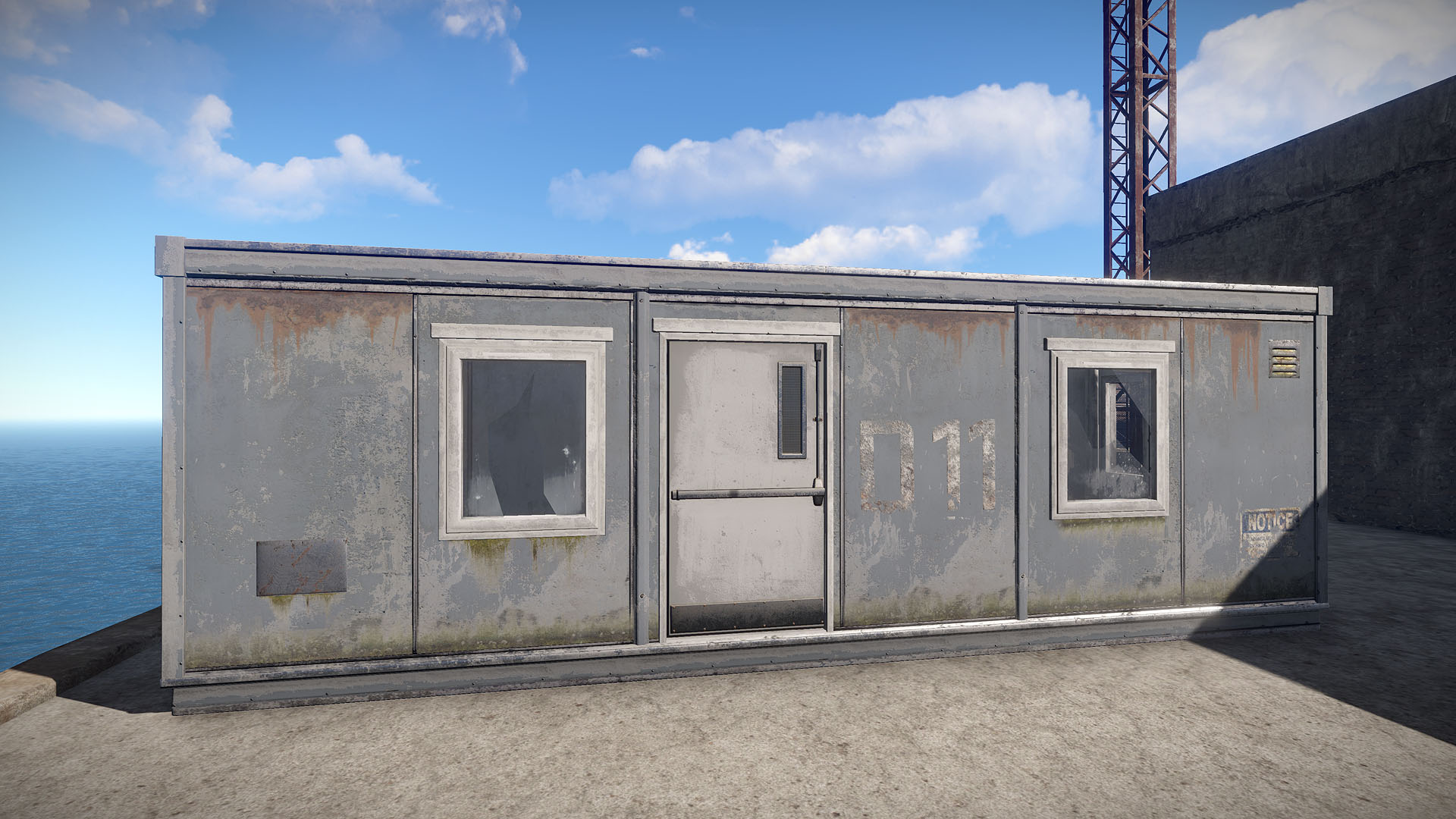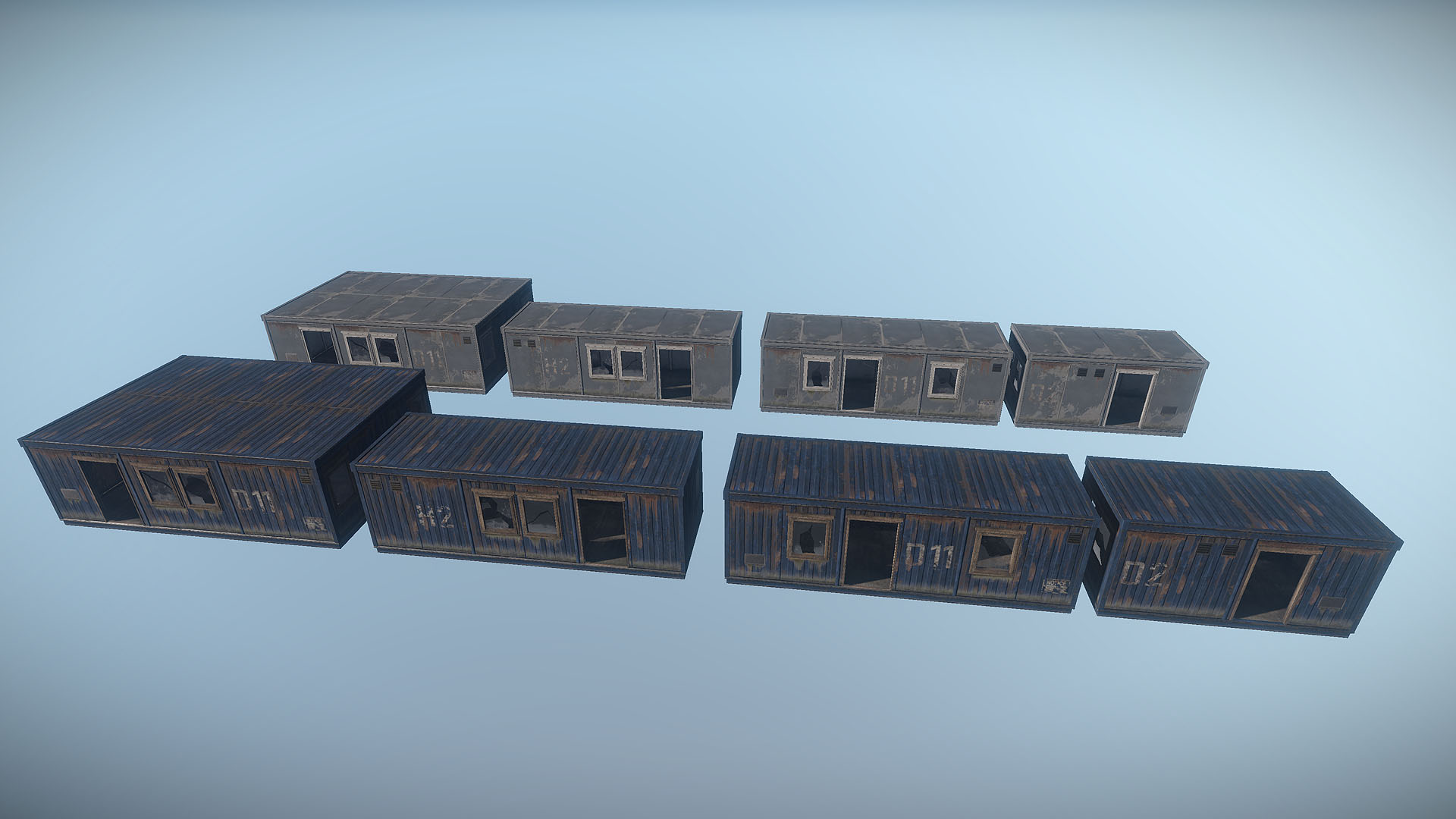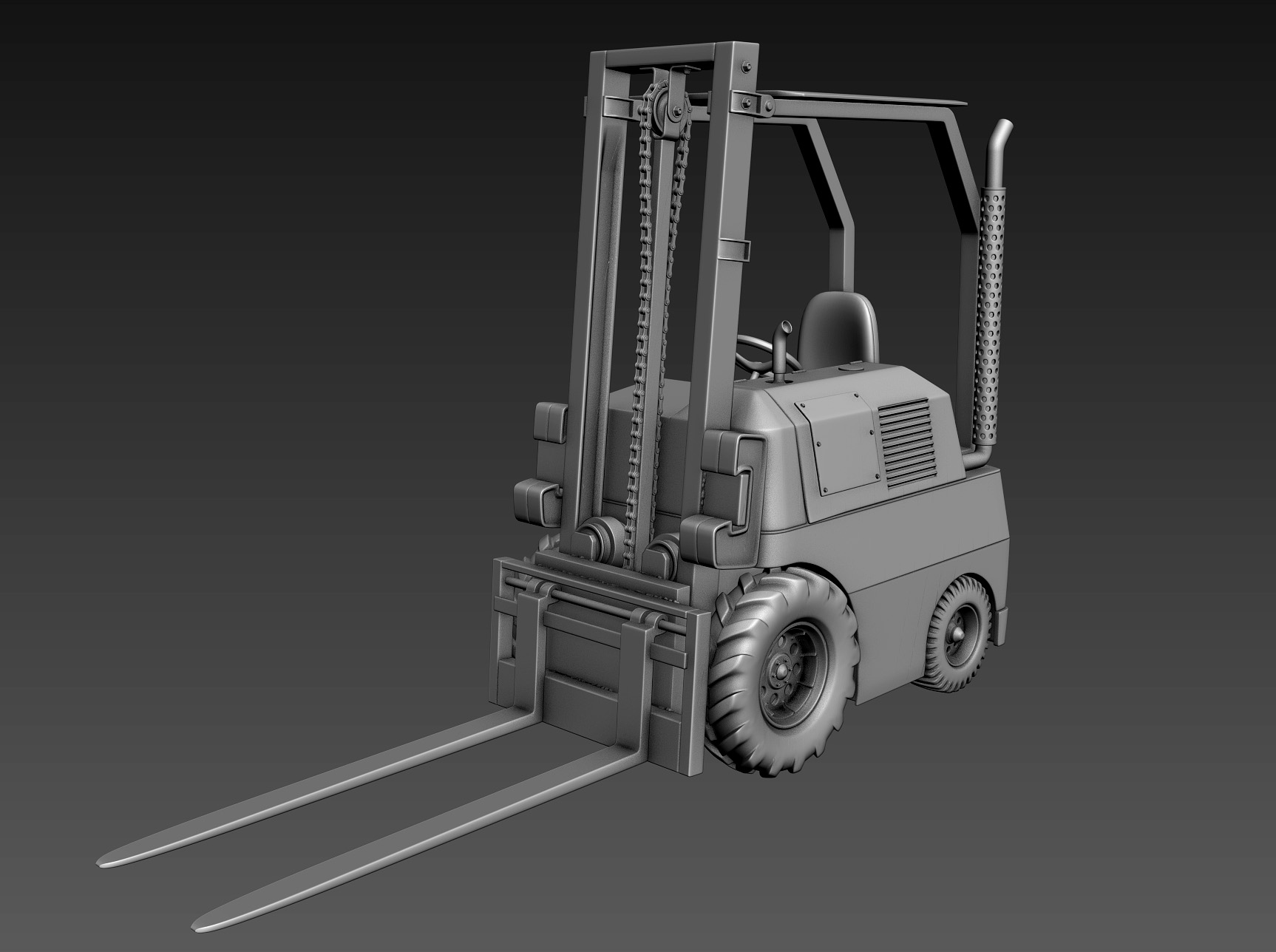A smaller blog than usual this week, but we have cheaper clothes, slower airdrops, the harbour is coming together, and more.
 These changes have little gameplay impact but, hopefully, they will translate into into better runtime performance and more material options for item customization.
These changes have little gameplay impact but, hopefully, they will translate into into better runtime performance and more material options for item customization.



 The incoming work on props will end up enriching all environments in the game, as we will revisit previous monuments and push visual quality there as well.
The incoming work on props will end up enriching all environments in the game, as we will revisit previous monuments and push visual quality there as well.